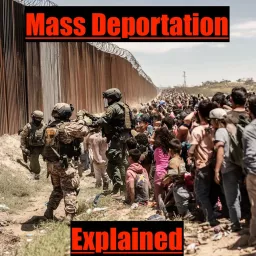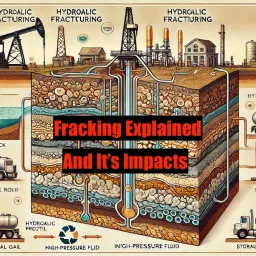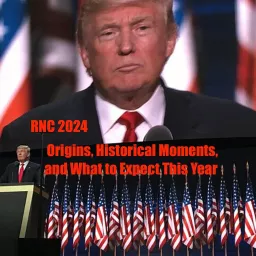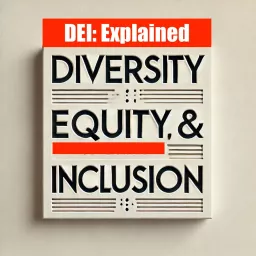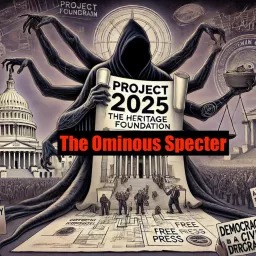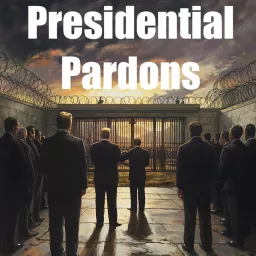ICE: Explained
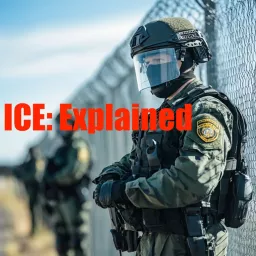
Since its creation in 2003, U.S. Immigration and Customs Enforcement (ICE) has played a crucial but controversial role in enforcing immigration laws and conducting national security investigations. Its priorities and enforcement strategies have shifted significantly depending on the administration in power. Under Donald Trump’s first presidency, ICE expanded its operations, broadening the scope of deportations and increasing workplace raids. The Biden administration sought to scale back some of these policies, prioritizing enforcement against individuals with serious criminal backgrounds and limiting ICE’s presence in sensitive locations.With Trump’s return to office, ICE has once again seen a dramatic shift, with policies aimed at intensifying enforcement actions. Daily arrest quotas have increased, and restrictions on enforcement in schools, hospitals, and courthouses have been lifted. Additionally, the administration has reestablished programs designed to highlight crimes committed by undocumented immigrants, expanded ICE’s cooperation with other federal agencies, and authorized operations inside courthouses. These changes have sparked renewed debate, with supporters arguing they reinforce national security and opponents warning of civil rights violations and a climate of fear within immigrant communities.As ICE continues to operate under shifting political directives, its role in American immigration policy remains deeply polarizing. Whether the agency is seen as an essential enforcement tool or a system in need of reform depends largely on one's political perspective. With the Biden and Trump administrations taking starkly different approaches, the future of ICE will continue to be a battleground for policymakers, activists, and law enforcement agencies.











